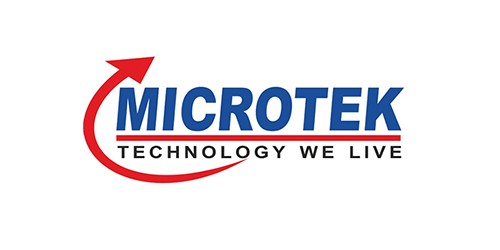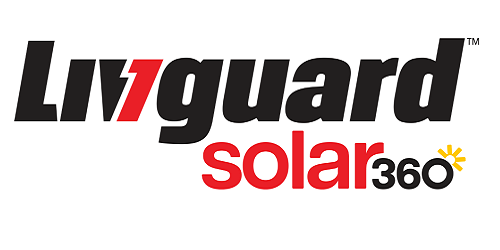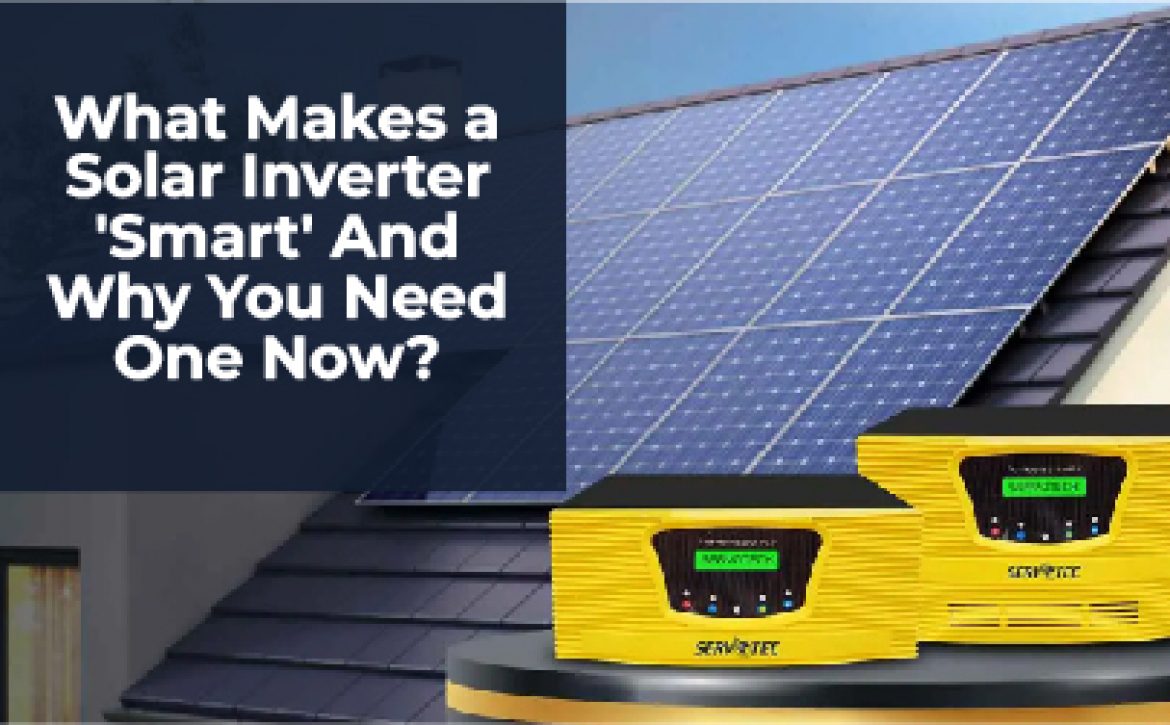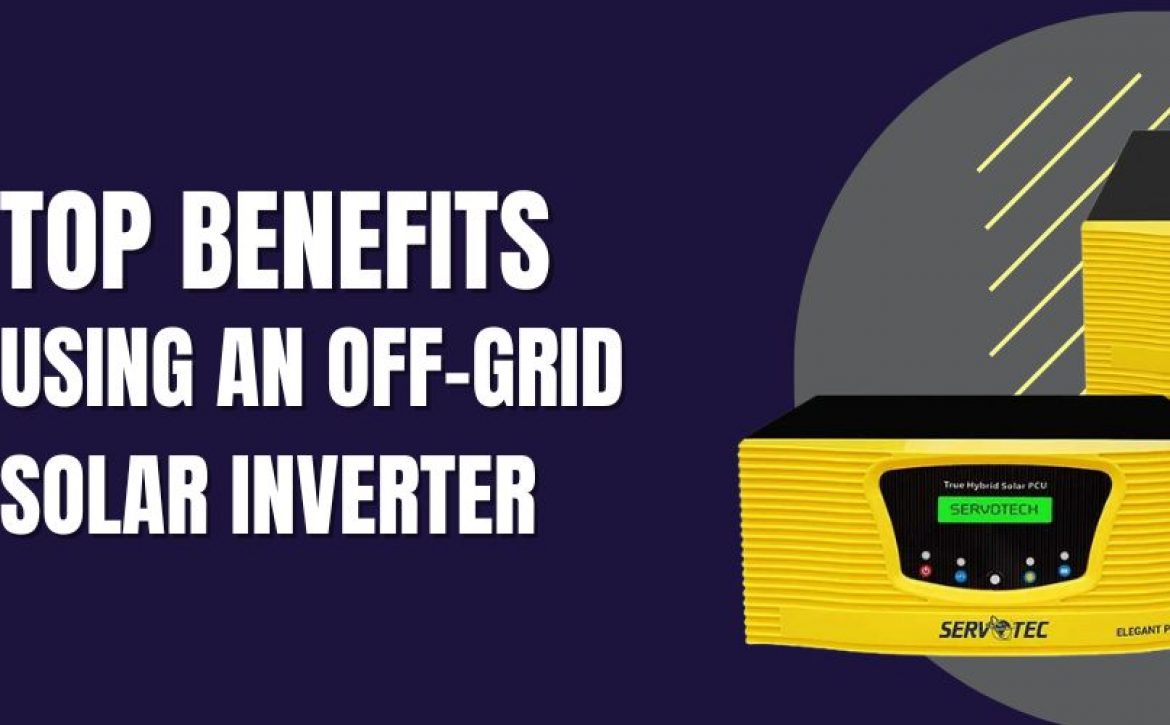BESS(Battery Energy Storage Systems): India’s Greatest Tool to Enable 24/7 Green Energy
India’s ambitious target of 500 GW of non-fossil fuel capacity by 2030 hinges on one critical, often-overlooked technology: Battery Energy Storage Systems (BESS). While solar panels generate clean energy, it is the BESS that provides the intelligence and stability required to bridge the gap between supply and demand, ensuring that clean power is available not just when the sun shines, but 24 hours a day.
For Servotech, with our deep expertise in advanced power electronics and conversion, BESS represents a foundational growth area. We are positioned to supply the core technology, the power brains, that make these systems reliable, efficient, and grid-compliant.
What is BESS (Battery Energy Storage Systems)?
A Battery Energy Storage System (BESS) is an advanced technology setup that stores electrical energy in rechargeable batteries and releases it whenever power is required. Think of it as a large, intelligent backup power bank that works on a small or massive scale—whether for homes, industries, or the entire power grid.
BESS plays a key role in modern energy infrastructure by ensuring that electricity is available even when production fluctuates, especially with renewable sources like solar and wind.
How BESS Works
A typical Battery Energy Storage System includes:
1. Battery Modules
These are rechargeable cells—often lithium-ion—that store electrical energy.
2. Battery Management System (BMS)
Monitors the health, temperature, and safety of the batteries.
3. Power Conversion System (PCS)
Converts electricity from AC to DC while charging, and DC to AC while discharging.
4. Energy Management System (EMS)
This is the brain of the system, controlling when to store and when to deliver power.
5. Cooling & Safety Systems
Keep the batteries at optimal temperatures and prevent thermal issues.
Applications of BESS
- Grid Stabilization – Maintains supply-demand balance.
- Solar + Storage – Stores daytime solar energy for nighttime use.
- EV Charging Stations – Reduce peak load and ensure fast charging availability.
- Backup Power – Ensures uninterrupted power for homes, industries, hospitals, and data centers.
- Microgrids – Support remote areas with independent, reliable power systems.
Why Storage is Non-Negotiable: The Problem of Intermittency
Renewable energy sources like solar and wind are inherently intermittent; they produce power only when the weather permits. This introduces significant volatility into the national grid. For instance, the demand for electricity typically peaks in the early evening (the ‘peak hours’), precisely when solar generation drops to zero (the ‘duck curve’ phenomenon).
Without massive, scalable storage solutions, India cannot integrate gigawatts of renewable energy without risking grid instability, fluctuations, and potential blackouts.
BESS solves this fundamental challenge by performing two critical functions:
- Time-Shift Energy: During midday, when solar generation is at its maximum and electricity is cheap, BESS stores the surplus energy. It then discharges this stored power during peak evening demand, effectively stabilizing the grid and eliminating the need for polluting ‘peaker plants’ (typically fossil fuel-based).
- Grid Ancillary Services: BESS can respond within milliseconds to frequency fluctuations, voltage drops, or sudden changes in load, providing instant reactive power and frequency regulation, which is essential for grid health.
The Core Technology: The Power Conversion System (PCS)
A BESS installation is far more complex than just linking batteries together. The crucial, high-tech component that governs the entire operation is the Power Conversion System (PCS).
The PCS is the bi-directional inverter that acts as the intelligent interface between the DC battery bank and the AC power grid. It is the brain that determines when to charge, when to discharge, and how to maintain perfect synchronization with the grid’s phase and frequency.
Servotech’s strategic focus lies directly in mastering and manufacturing these critical components:
- Bidirectional Inversion: The PCS must efficiently convert AC grid power to DC for charging the battery, and DC battery power back to high-quality AC power for grid injection. Our expertise ensures minimal conversion losses and high operational efficiency.
- Modular Architecture: We design our PCS solutions to be modular and scalable, ranging from small commercial units to large multi-megawatt utility-scale installations, allowing for flexible deployment across various applications.
- Grid Compliance and Safety: Our systems adhere to stringent national and international grid codes, including features for islanding detection and fault management, which are paramount for ensuring operator safety and asset protection.
Diverse Applications Driving Demand
The demand for BESS is accelerating across multiple sectors, creating a robust, multi-pronged market opportunity:
| Application Sector | BESS Function | Servotech Relevance |
| Utility Scale (100 MW+) | Frequency Regulation, Peak Shaving, Renewable Integration | Supply of Megawatt-scale, grid-compliant PCS solutions. |
| Commercial & Industrial (C&I) | Demand Charge Reduction, Power Backup, Diesel Generator Replacement | Customized, high-power C&I BESS integrated with local solar systems. |
| EV Charging Stations | Infrastructure Stabilization, High-Power Boost | Using BESS to absorb high-draw spikes from DC fast chargers, reducing peak load on the local utility transformer. |
| Rural Mini-Grids | Off-Grid Power Supply, Community Electrification | Providing reliable, decentralized storage solutions for remote or isolated grids. |
The integration of BESS into EV charging is particularly transformative. Fast chargers draw massive, sudden amounts of power, which can strain local infrastructure. A dedicated BESS unit at a Servotech EV charging hub can buffer this demand, charging slowly from the grid over several hours, and then releasing power instantly to vehicles, thus ensuring a stable, fast charging experience without costly grid upgrades.
Policy Tailwinds and Market Growth
The Indian government has recognized BESS as a critical infrastructure component, offering policy support to kickstart the market:
- Viability Gap Funding (VGF): The government has approved a VGF scheme to facilitate the deployment of 4,000 MWh of BESS capacity by 2030, specifically targeting projects that serve the needs of the transmission utility. This guarantees investment viability in early-stage projects.
- Mandatory Renewable Purchase Obligation (RPO) with Storage Component: State utilities are now mandated to purchase a minimum percentage of power from renewable sources with an integrated storage component, ensuring guaranteed long-term contracts for BESS operators.
These policies, coupled with rapidly falling lithium-ion battery costs, position BESS for explosive growth.
Servotech’s Role as a Green Energy Leader
Servotech is not just a player; we are a strategic enabler in the BESS ecosystem. Our manufacturing strength and R&D focus are geared toward producing the most complex, value-added components:
- Local Manufacturing: We are leveraging the PLI (Production Linked Incentive) schemes to enhance the domestic content and reliability of our PCS and BESS components, supporting the nation’s Aatmanirbhar Bharat mission.
- Modular & Scalable Design: Our BESS solutions are designed for rapid deployment and easy integration into existing infrastructure, a necessity for a country with varied grid requirements.
- Integrated EV-BESS Solutions: We are uniquely placed to offer integrated battery charging and battery storage solutions, ensuring maximum efficiency and reliability at high-power EV charging locations.
Conclusion
In conclusion, BESS is the technology that completes the energy puzzle, converting intermittent sunlight and wind into reliable, dispatchable power. Servotech is dedicated to being the power electronics pioneer that supplies the intelligence and reliability required to build this resilient, 24/7 clean energy grid.

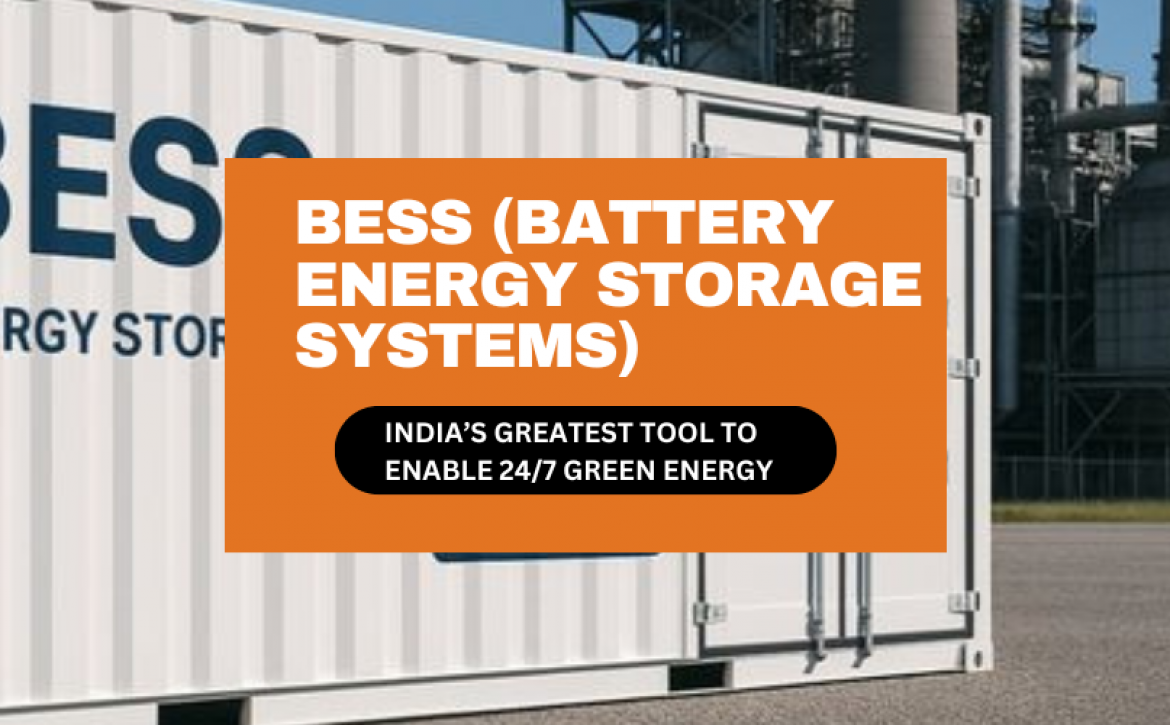
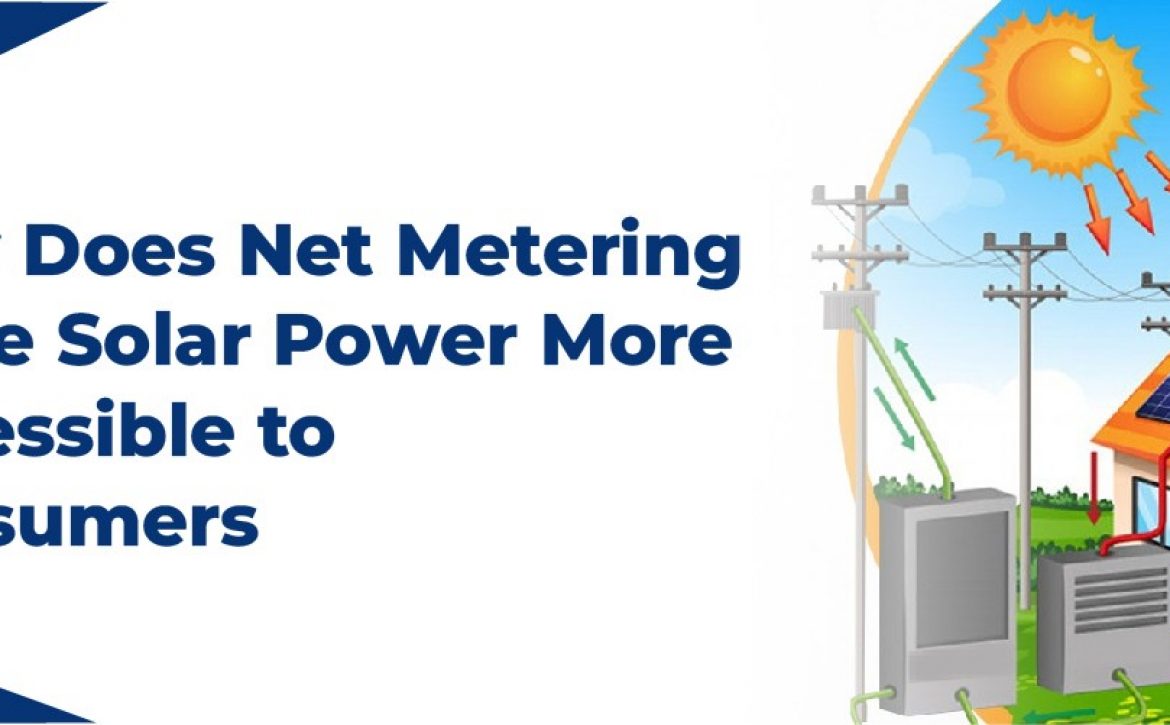



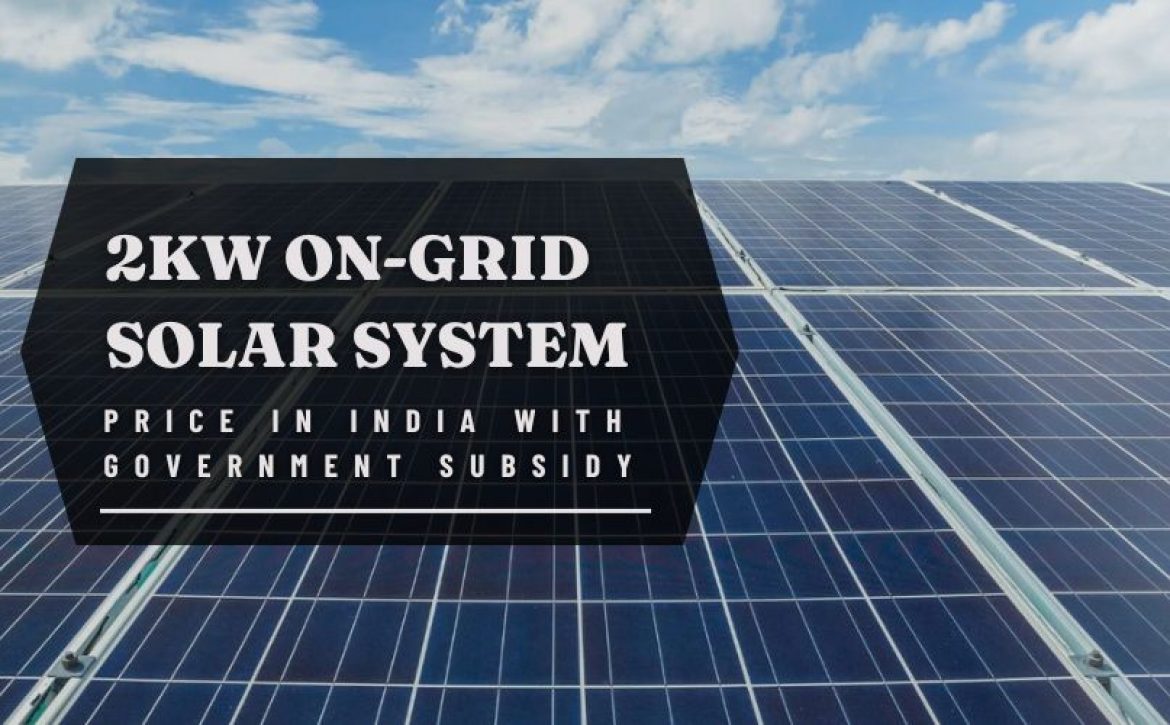
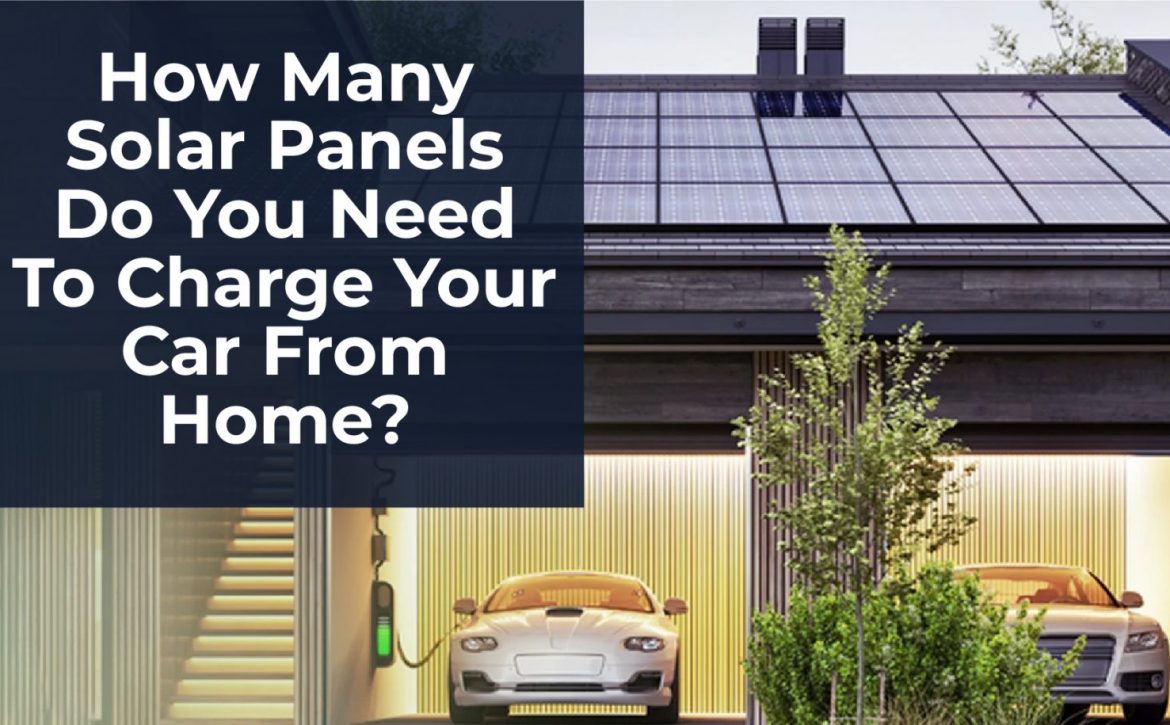
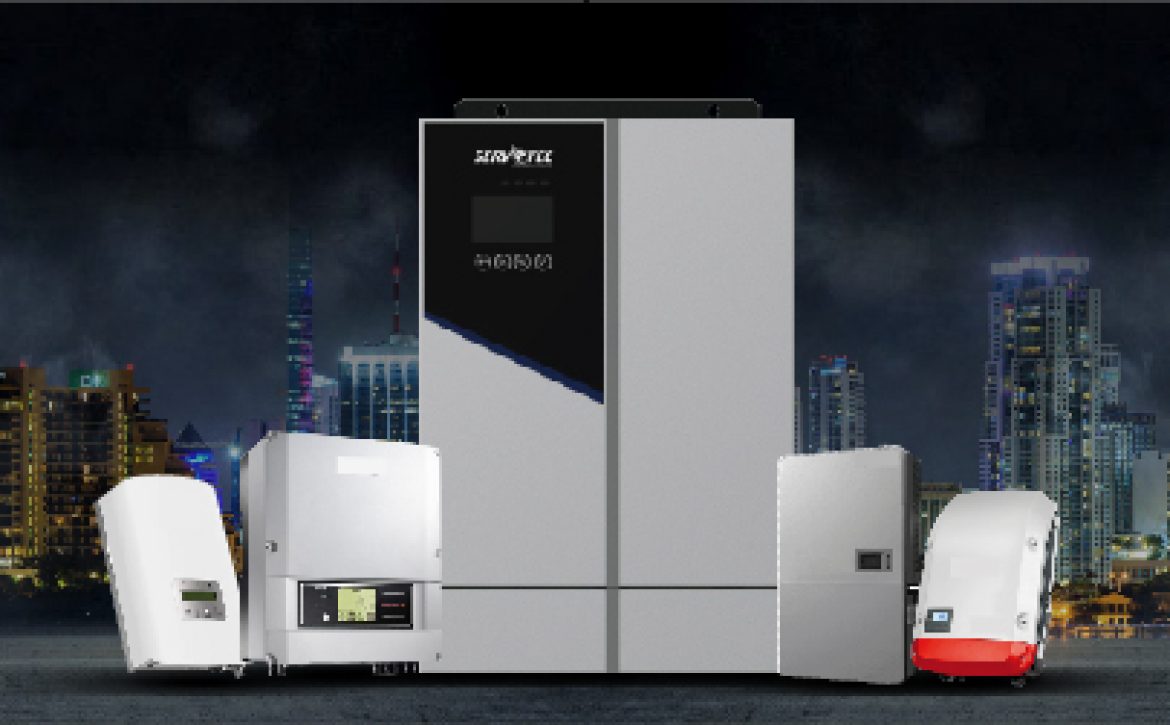
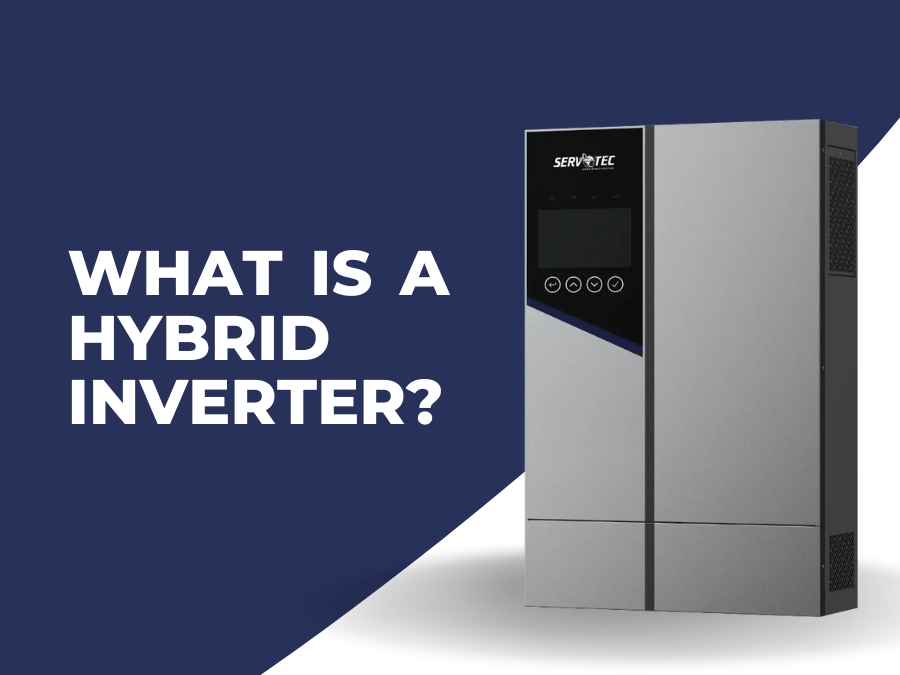
 Get Quote
Get Quote

